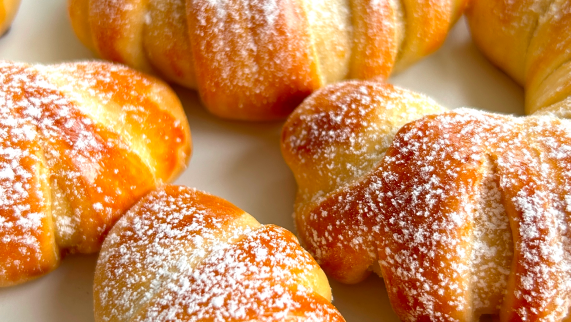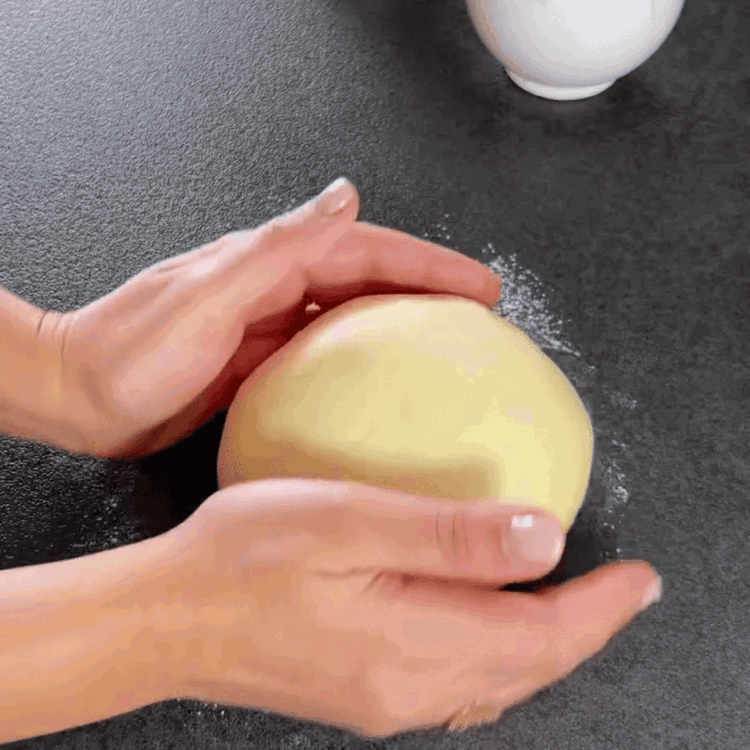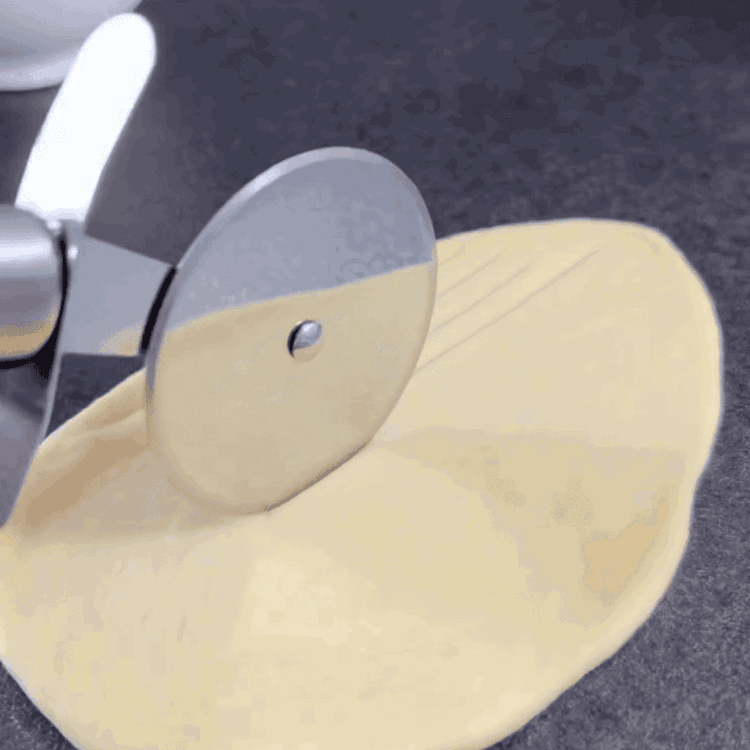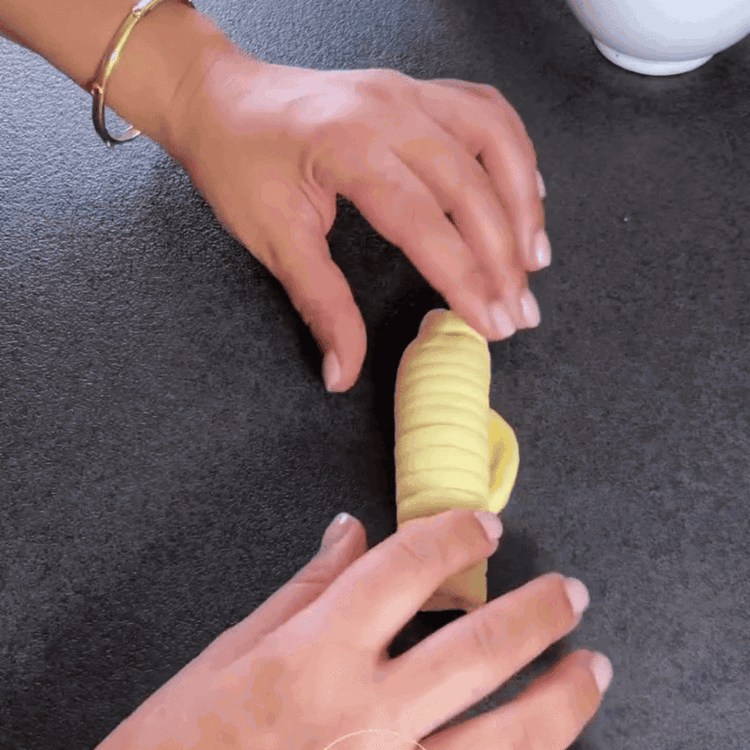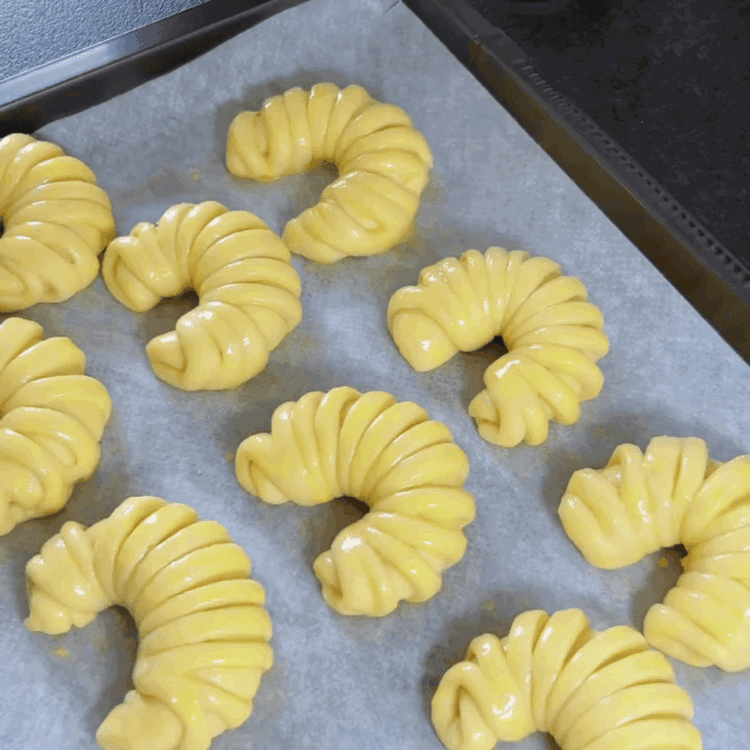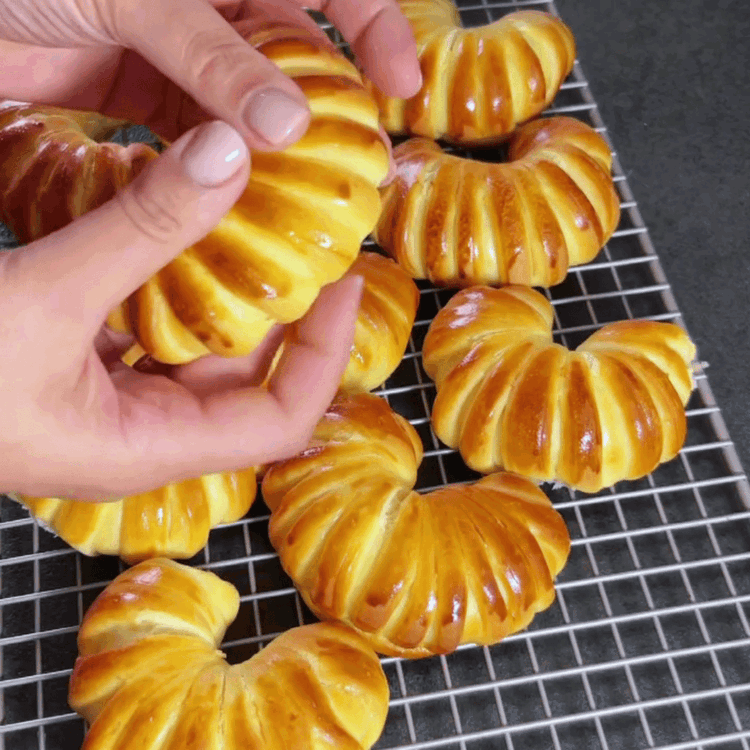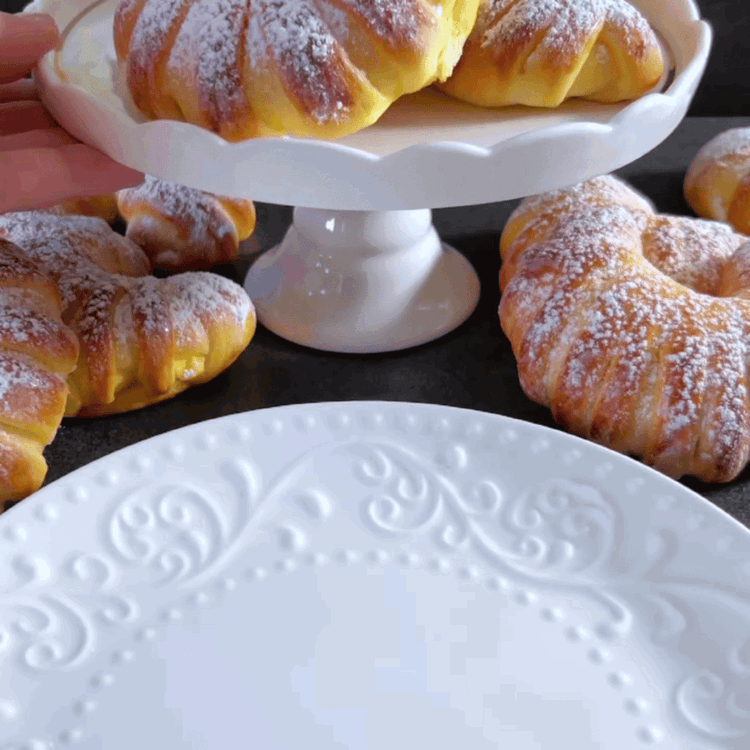While the classic vanilla pudding filling is incredibly delicious, experimenting with different flavors can transform your pudding crescents into a personalized treat. For instance, you could substitute vanilla custard with chocolate pudding for a rich twist or try butterscotch for a sweet, smoky flavor. If you prefer fruit-infused options, consider making a fruit compote from berries, apples, or pears and mixing it with a bit of cream cheese for a tangy contrast to the sweetness of the dough. For a more indulgent version, fold in chocolate chips or nuts into your filling before rolling, giving each bite an added texture and flavor. To make these crescents even more special, you can also incorporate spices like cinnamon or nutmeg into the dough or the filling. Remember, the possibilities are limitless, so feel free to get creative based on your personal taste preferences!














